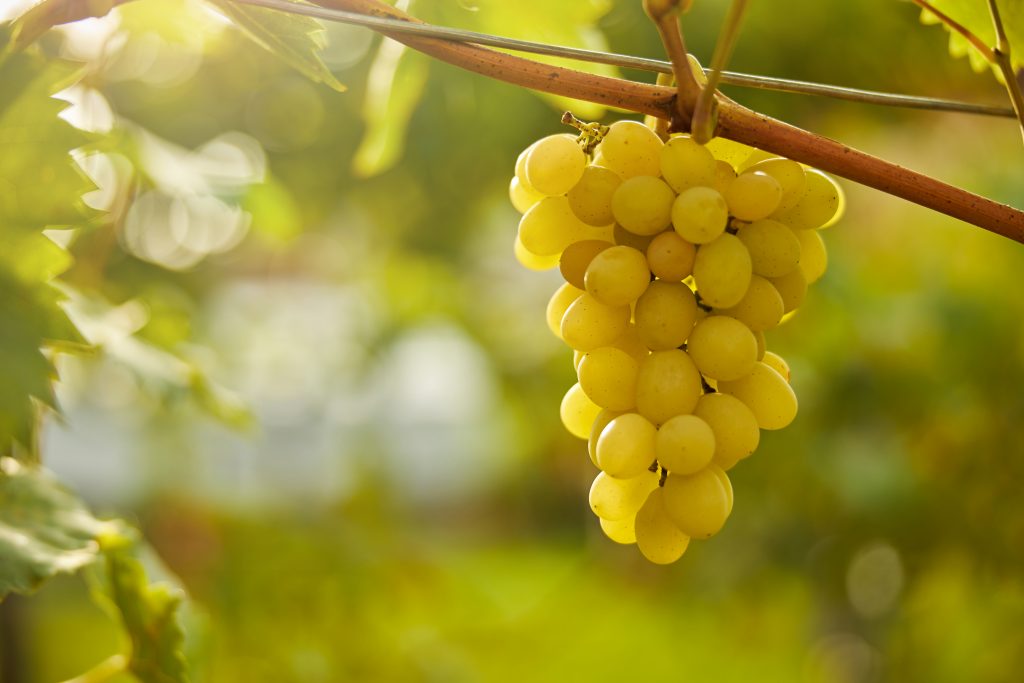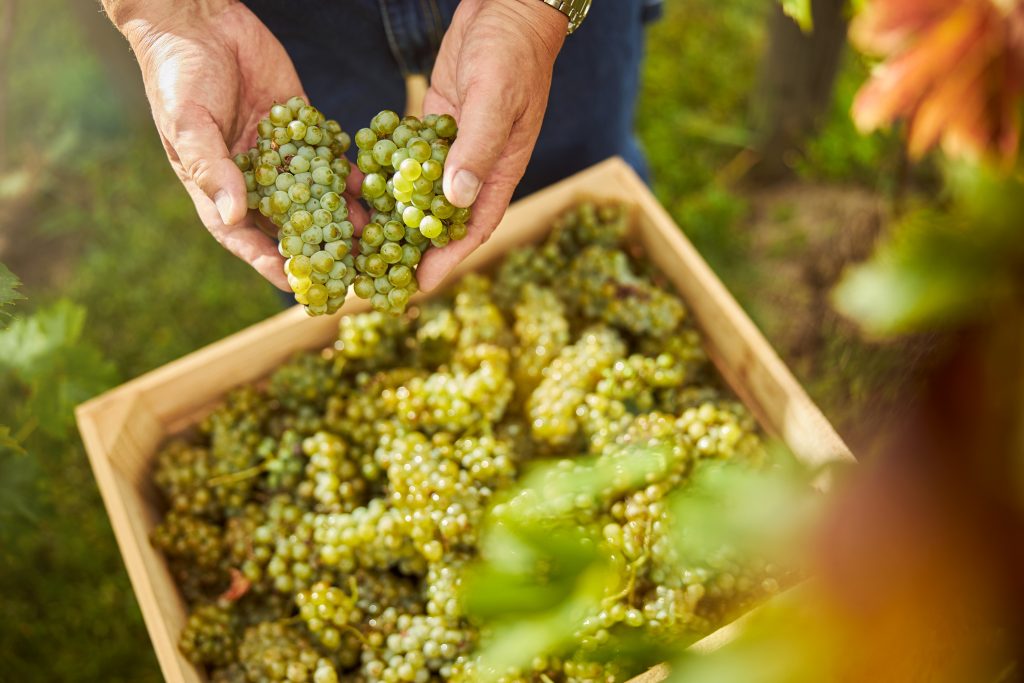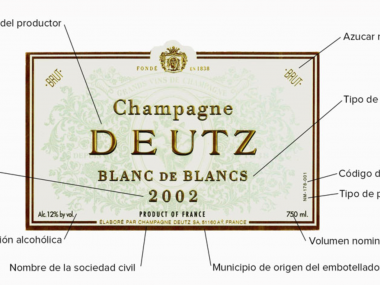Sweet wines are wines characterised by their high concentration of sugar, which gives them a sweetness and an impressive presence on the palate. There is a great variety of sweet wines, from white, red or rosé, still or sparkling, and they can be vinified in different ways.
However, in order to be considered sweet wines, they must share a fundamental characteristic: they must have a residual sugar content of more than 45 grams of sugar per litre.

Types of sweet wines
Depending on the production method used to obtain the residual sugar required to make a sweet wine, sweet wines can be classified into two main groups.
Natural Sweet Wines
Natural Sweet Wines are wines that are sweetened. To make them, ripe or overripe grapes are needed, which can be white or red, and they are often obtained through a late harvest, so that they contain high levels of sugar.
They are sweet wines made using a technique that consists of stopping alcoholic fermentation, at some point between the start and before the end of fermentation, by adding a distillate that eliminates the yeasts.

This process is called slaking, fortifying or fortifying. The distillate used is a high-proof alcohol, which is added in such a quantity that the final alcoholic strength of the NDV is between 15° and 22°.
The fact that the alcoholic fermentation is stopped before its completion means that the sugars are not transformed into alcohol and that, due to the action of the yeasts, they remain present in the wine as residual sugar. This is what gives us the characteristic sweetness of this type of wine.
This explains the fact that in Natural Sweet Wines, both the residual sugar and the alcohol come partly from the grapes and partly from the alcohol that is added through distillation.

Naturally Sweet Wines
On the other hand, Naturally Sweet Wines are sweet wines made from grapes containing high concentrations of sugar. The implementation of different methods allows the yeasts to transform only a part into alcohol during alcoholic fermentation, so that the rest remains in the wine in the form of residual sugar.
Generally, these wines have lower alcohol levels than the Natural Sweet Wines, usually above 12°. What makes the fundamental difference between the two types of sweet wines is that in this one, both the residual sugar and the alcohol come exclusively from the grapes.

Pedro Ximénez wines belong to this category, the classic sweet wines of Spain. These wines are made from grapes that are harvested in perfect condition and then left to rest in the sun, thus achieving a pacification and dehydration of the grapes and obtaining high concentrations of sugar.






